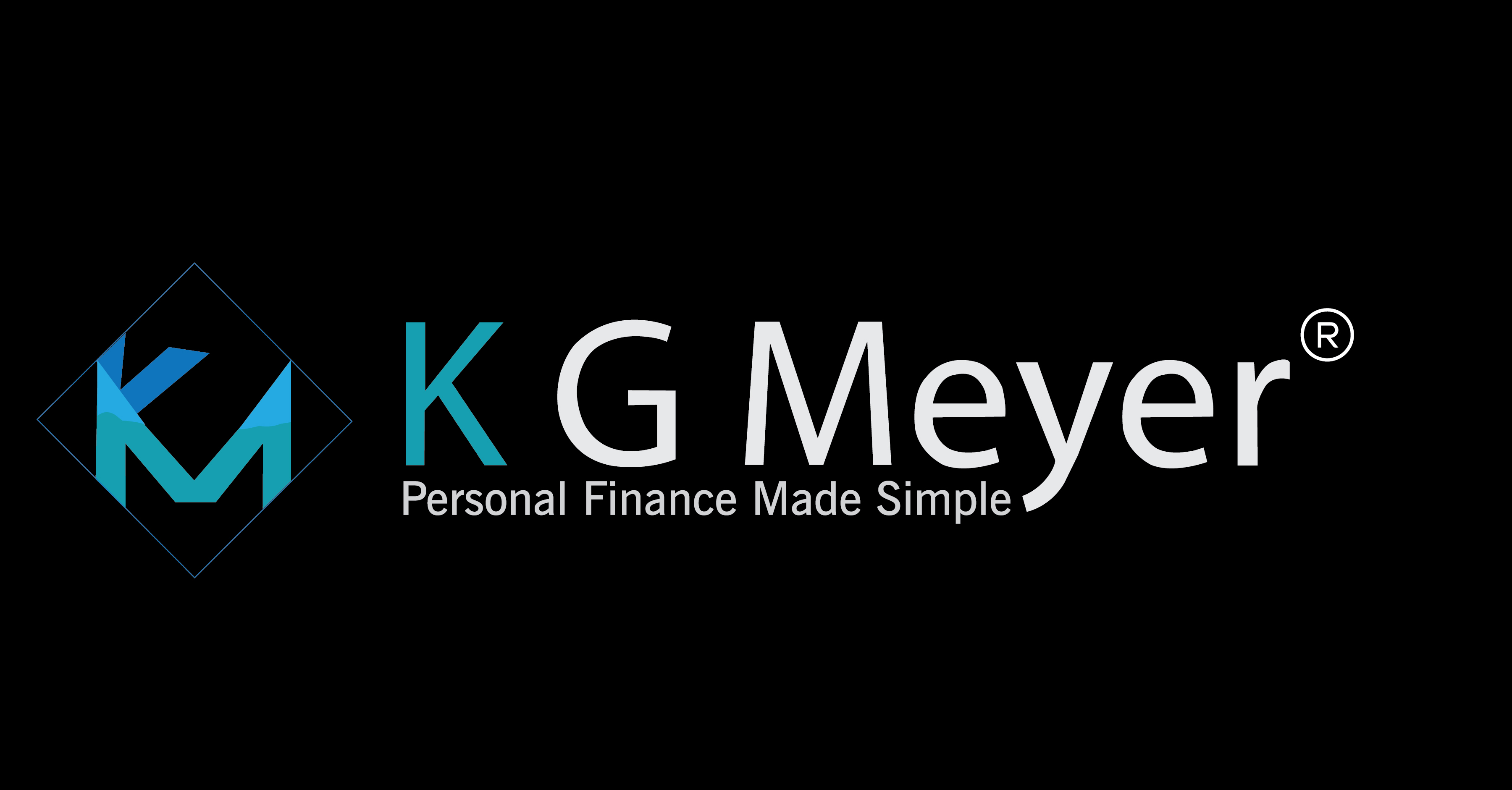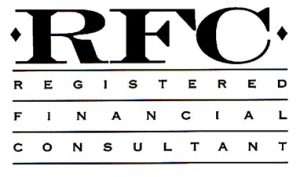In the summer of 2016, Charles Schwab entered the low-cost lifecycle fund arena competing Vanguard head to head. At the time Schwab entered this market they we, in fact, cheaper than the old guard Vanguard. But is that still the case and how do they compare when it comes to investing in the funds. We will take a little closer of both of these low-cost providers in the realm of mutual funds. It may be wise to seek the guidance of a financial planner such as myself when determining fees and the effect they have on your returns.
Target Date Funds
First, we are looking at mutual funds that are specifically those categorized as target date funds or as some call them lifecycle funds. So what are these funds exactly? These are funds that typically invest in other funds in the fund family that are asset allocated to different classes such as bonds, equities, REIT’s and possibly commodities. Then these funds will shift their asset allocation from more of an aggressive nature to a conservative nature as one age and approach retirement. Before these two companies entered this market for institutions and individuals, the costs were fairly high due to the makeup of the fund as it consisted of other funds with established fees.
The landscape for retirement changed when Schwab decided to go head to head with Vanguard on these types of funds in 2016. First, Schwab enters with a management fee of 0.08% or $8 per $10,000 invested on an annual basis. And to make it more compelling, Schwab only required a minimum investment of $100 for retirement accounts, in a mutual fund. This is when Vanguard was charging 0.13% or $13 per $10,000 invested on an annualized basis and had minimums of $1,000 unless you signed up for automatic investments of $50 per month. In either case, these are not extremely poor options, and both provide excellent opportunities for investors.
The Fees
And as target-date funds are intended to be invested for many years to several decades, small fees do in fact matter. Maybe not a lot between Vanguard and Schwab but definitely between these two low-cost providers and other fund companies. As an example, if you take Schwab and its fee and compare it to the industry average of 0.73% for a similar fund the difference does and can make a good sized difference. If someone invested $7,500 a year for 40 years with an average return of 6.4% they would accumulate $973,000 the comparable account and $1.13 million in Schwab’s, a difference of $160,000. Now that does mean something to every investor. For more on fees and their effect on your portfolio visit https://www.sec.gov/investor/alerts/ib_fees_expenses.pdf.
So how do these two companies maintain low costs? They use their low-cost Exchange Traded Funds as the components of the mutual fund. That is the secret to both the company’s success in this field. And fees do matter to investors as almost 25% say that fees play a major role in deciding what fund to invest in. That was only second to 26% who stated a funds five-year record was important. And for those invested in these funds already 37% state that the low fees make them the desire and want to invest more in the funds. But how do the fees affect who will invest in the funds? 45% of Millennials would invest if the fees were lower, 30% of Gen Xers and 19% of Baby Boomers.
For comparison’s sake, the Schwab funds are still 0.08% for the lowest fee funds and range between 0.33% and 0.75% for a second class. And Vanguard is not between 0.12% and 0.15% for their comparable funds. Both are still the leaders in the low-cost fund arena and will continue to be the leaders for the foreseeable future.
If you have any questions or would like more information, please feel free to leave a comment or contact me directly. For a free 15-minute consultation please visit https://www.calendly.com/kgmeyer of if you are in need of financial planning in Nashville, TN call me today.
For my free e-book and to sign up for my newsletter please fill out the form below.



